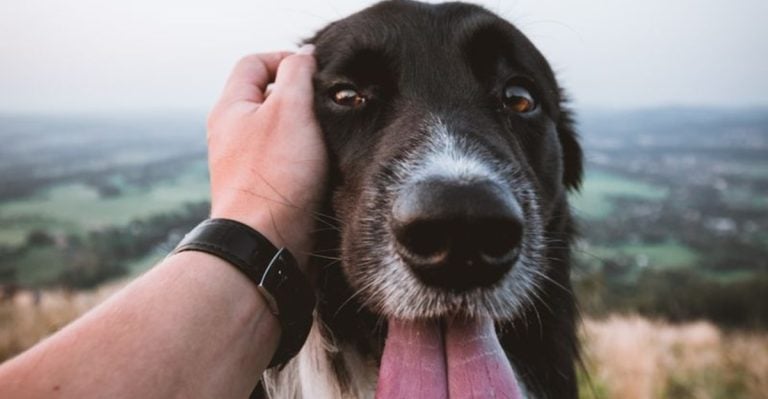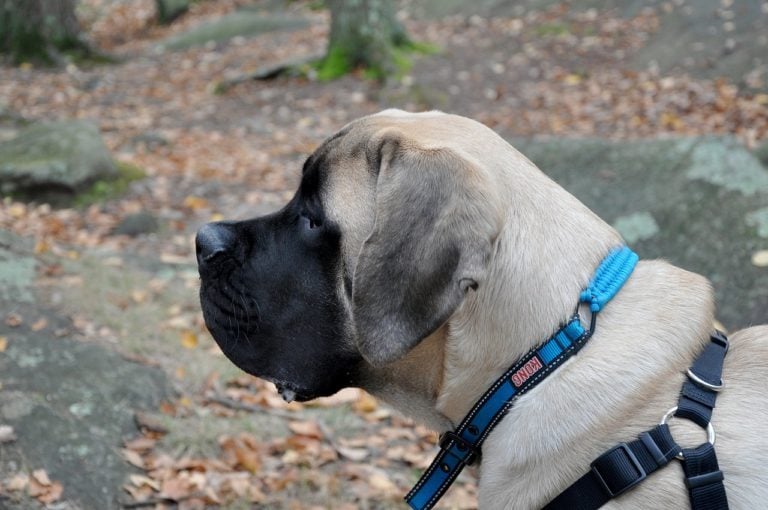Dogs Wag Their Tails for Eight Totally Different Reasons and Only One Means They’re Happy
We’ve all seen it—that cheerful wag, that rhythmic swish that seems to scream “I’m so happy to see you!” For many of us, a wagging tail is the universal symbol of a joyful, friendly dog. But here’s the twist: that tail movement isn’t always about happiness. In fact, dogs wag their tails for a whole range of reasons, from excitement and curiosity to fear, anxiety, and even irritation.
Much like a human smile can be genuine or polite—or even nervous—a dog’s wag can convey very different things depending on context. The speed, direction, and height of the tail, along with the dog’s overall posture and body language, play a huge role in what they’re really trying to say. And unfortunately, many pet owners miss or misread these subtle signs, potentially leading to misunderstandings or even unsafe interactions.
Dogs are deeply expressive animals, and their tails act almost like emotional barometers—if you know how to read them. By learning to decode these signals, you can deepen your bond with your dog, become a more mindful observer, and even prevent behavior issues before they escalate.
So, before you assume that wag means “I’m thrilled,” take a moment to watch a little closer. Your dog might be telling you something very different—and just as important.
1. Excitement or Happiness
The classic full-body wag with a relaxed, sweeping motion is indeed the happy tail wag we all know and love. When your pup’s entire rear end gets involved in the action, it’s a genuine display of joy and excitement. This is the only tail wag that truly signals happiness!
Happy dogs typically hold their tails at medium height while wagging, and the movement tends to be loose and free rather than stiff or rigid. You’ll notice their eyes are soft, their mouths slightly open in what looks like a doggy smile, and their overall body language remains relaxed.
This joyful wag commonly appears when you return home, during playtime, or when treats magically appear. It’s your dog’s way of saying, “I’m thrilled to see you!” or “This is the best moment ever!”
2. Nervousness or Anxiety
A low, quick tail wag often signals your dog feels anxious or unsure about a situation. Unlike the broad, relaxed swings of happiness, this wag is typically rapid and tight, with the tail held lower than its natural position. Your dog isn’t enjoying the moment – they’re stressed!
Watch for accompanying signs like flattened ears, crouched posture, or lip licking. These nervous wags frequently appear during thunderstorms, vet visits, or when meeting unfamiliar people or animals. The faster and more tucked the tail, the more intense your dog’s anxiety.
When you spot this anxious wagging, give your furry friend space rather than forcing interaction. Creating distance from whatever triggers their nervousness shows you respect their feelings and helps build trust between you.
3. Aggression or Dominance
That stiff, high tail wag isn’t friendly – it’s a warning sign! When a dog holds their tail rigidly upright while making short, rapid movements, they’re communicating potential aggression or asserting dominance. This type of wagging creates a visual flag that broadcasts their heightened emotional state to others.
Look for other warning signals: raised hackles along the back, a fixed stare, or a tense body posture. The dog might also have their weight shifted forward, ready to move if necessary. These signs together form a clear message: “I’m feeling threatened and might react defensively.”
If you encounter a dog displaying this wag pattern, avoid direct eye contact and give them plenty of space. Never approach or try to pet a dog showing these signals, as they’re communicating they need distance, not interaction.
4. Curiosity or Uncertainty
When your dog spots something new or puzzling, you might notice a hesitant, slow-motion tail wag that pauses periodically. This thoughtful wagging pattern signals your pup’s brain is working overtime – they’re trying to figure something out! The tail typically stays at mid-height, moving with deliberate, measured swings.
Their ears might perk forward while their head tilts adorably to one side. You’ll often see this investigative wag when your dog encounters unfamiliar objects, hears strange sounds, or watches something behaving in an unexpected way. It’s their equivalent of raising an eyebrow.
This curious wag differs dramatically from the carefree happiness wag. Your dog is essentially saying, “Hmm, what’s this all about?” as they process new information and decide whether the situation calls for excitement, caution, or something else entirely.
5. Submissiveness or Appeasement
A tucked tail with small, quick wags at the very tip reveals your dog’s submissive state of mind. This subtle movement signals they acknowledge another’s authority – whether that’s you, another dog, or even a intimidating situation. Your pup is essentially waving a white flag saying, “I mean no harm!”
Submissive wagging typically comes with other pacifying behaviors. Your dog might lower their body, avoid direct eye contact, or even roll onto their back exposing their belly. Some dogs will lick their lips repeatedly or develop a suddenly intense interest in sniffing the ground.
This appeasement display helps prevent conflicts by clearly communicating non-threatening intentions. It’s especially common in younger dogs meeting older ones, smaller dogs encountering larger breeds, or any dog that’s been startled by something they perceive as potentially dominant or threatening.
6. Social Communication with Other Dogs
Dogs use specialized tail wags as a sophisticated canine language when greeting their four-legged friends. The direction, height, and tempo of these wags convey specific messages about their intentions and emotional state during social encounters. Think of it as their version of saying “Hello” with different tones and body language.
During friendly greetings between familiar dogs, you’ll notice circular, sweeping wags that may include playful bows or bouncy movements. Conversely, when meeting unfamiliar dogs, the wags might start more reserved – perhaps higher or lower than normal – as they assess the situation and establish boundaries.
Remarkably, dogs can detect subtle differences in each other’s tail movements that human eyes often miss. They’re reading complex social signals that help them navigate their interactions, establish pack dynamics, and decide whether another dog is a potential playmate or someone to approach with caution.
7. Left vs. Right Wag Bias
Fascinating research reveals dogs don’t just wag their tails randomly – they show distinct left or right bias depending on their emotional state! When dogs feel positive emotions toward something, their tails tend to wag more to the right side of their bodies. This right-sided wagging connects to the left hemisphere of their brain, which handles positive feelings and approach behaviors.
Conversely, when feeling negative emotions like fear or anxiety, dogs wag more toward the left side of their bodies. This left-sided movement links to the right brain hemisphere, which processes negative emotions and withdrawal behaviors. Most pet owners never notice this subtle directional preference!
Scientists discovered this phenomenon using slow-motion video analysis, and it reveals just how sophisticated canine communication truly is. While we can’t easily spot this bias with the naked eye, other dogs can detect and respond to these directional differences, adjusting their own behavior accordingly.
8. Attention-Seeking Behavior
That deliberate, rhythmic tail thumping against the floor or furniture? Pure canine manipulation! Dogs quickly learn that certain wagging patterns grab our attention, and they’re not shy about using this knowledge. This calculated wag often comes with direct eye contact and an expectant expression that clearly communicates: “Hey human, notice me!”
Attention-seeking wags typically have a distinctive sound component – whether it’s the thump against the floor or the swish against furniture. Your clever pup has figured out that this auditory element makes their communication even more effective at getting your attention when visual cues alone might be ignored.
You’ll commonly see this behavior when your dog wants dinner, craves playtime, or simply feels bored. While it might seem demanding, it actually demonstrates your dog’s intelligence and their understanding of cause-and-effect relationships – they know exactly which buttons to push to get a response from you!












